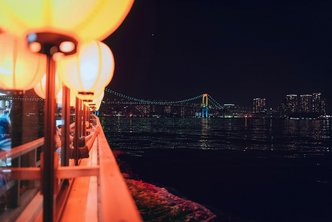 From the river boat view at the Rainbow bridge and the Tokyo lights in the background.
From the river boat view at the Rainbow bridge and the Tokyo lights in the background. Even now was hard to get it on here, and I must say, Ian's mom was in the back of my mind pushing me, so here's one for you, Mrs. R., I hope it's not a disappointment ;)
So how was the past year?
Overall, very similar to the first year. Daily going to the dojo, training in the morning, working in the afternoon, tomorrow rinse, repeat.
Of course, as anywhere where you spend more time living, the circle of people you know and the experiences you go through widens through training, different jobs, traveling, getting more familiar with the surroundings and the culture.
In many ways Japanese are similar to the way older generations were, at least in my country, where human traits and values meant more or at least the same as material goods. That's my perception of it, anyways. Things like promises, loyalty, honesty. Feeling of togetherness and putting the needs, comfort, and wants of others before your own. Then there is respect of the elderly and those who came before you regardless of age, starting with your parents all the way to your school or club colleagues and coworkers. Then there is that thing where hard work, dedication, and striving to the better result through continuous improvement is one of the prime virtues, or not even that, but something which is expected normal behavior, and laziness or living at other's expense form of disgrace, embarrassment, like a sickness that needs to be treated. All that doesn't make them saints, but generally this is something that is much stronger implemented in their DNA than in the western cultures nowdays. It's a basis from which they view the world and from which any activity is started - work, hobbies, sports, or arts. Parallel to it there is a tendency for positive thinking, good mood, and enjoyment of the time given, which is always of uncertain duration. Those two, for me sometimes unmatchable streams (who is happy to spend whole day at work and with five days of yearly vacation?) they seem to see as inseparable. After whole day at work they go to have drinks together, travel together, or find happiness, pride and self-respect in the quality work they do and continues improvement. Contrary to my previous image, they don't run themselves down working superfast all the time, but patiently and persistently they keep pushing forward without giving up. All those we see as cool and advanced in Japanese products or services originate from these settings. Japanese cars, electronics, handcrafts, trains that come on time, to the small "unimportant" everyday things such as easy to open wrappings and all the little things that you encounter every day. Often times they don't increase the material value of the product, but its usability, as a direct consequence of someone's thinking that this product will be used by the next person who wants that his life is just a little bit easier. Surely, this goes to the levels (and prices) which are not for the regular people, but starts with easy to open $1 rice ball package which makes sure that the sheet of nori algae doesn't get soft while it sits on the shelf and comes down to rice automatically as you remove the wrapping. And when you pay for it, the guy at the register adds wet tissue for hands, all in the appropriate sized bag, rolling the handles so they are easier to hold until you got it in your hands.
Like I said, it all depends from which angle you look at it, there will be more or less things that could be (too) easily called stupid or unnecessary, but one thing is certain, they are surely different.
As much the Senshusei course was something I always wanted to do, for the most part (in different amounts) was stressful period. Most of that stress I produced on my own, with my own self-imposed expectations towards my own progress. I think that realistically no one around me had any special expectations outside of what is normal for any student. Later I understood why. But coming to Japan with twenty years of doing Aikido already behind me, soon I had to make peace with the fact that all that I thought I mastered wasn't realistic. Not because it was all wrong or not, but because it was simply on the recreational level where it would be even if you were teaching in your dojo 3 to 5 days a week. That is hard to understand until you come to Japan and study first hand from the teacher of Chida Sensei's level. Why is it only possible here? Because in the background of everything they do (regardless of Aikido) is the cultural base which is absent from any foreign dojo, and is integral part of Japanese from their birth through home and social upbringing. More often than not, it is void of any great talent or genetic predisposition, but has that trait I talked about earlier that makes them to repeat exactly, without questioning whatever is given to them to do, and to try in the next attempt to do with even greater focus and intention to make it better from the previous one. It is their goal to own what they do and to spend 12 hours a day doing it. I'm not saying this to insinuate that this approach is rarely found elsewhere, but probably that's exactly what I'm saying. The difference between thinking that you are already doing it like that and what is really being done is in those little introspective thoughts going through one's mind while practicing. "Oh, just a small mistake", "oh, doesn't matter, 48 or 50 repetitions", "oh, enough for today, tomorrow I'll do the rest", "It's passable", and so on. And that's the best case scenario, since it means that there is at least room for improvement. Other extreme would be where individual is certain that he's already doing it right and continues business as usual. That plus 12+ hours a day, 6 to 7 days a week.
Rest assured, that easy approach is found with most foreigners and Japanese alike even here. And that's because they see Aikido as healthy recreation or hobby, and there's nothing wrong with that, if that is your consciously chosen level within which you slowly progress. That's why there are only couple of Senshusei a year who are ready to receive numerous daily corrections, advice, and expectations (this time real ones) that whatever's been corrected once is from then on to be applied correctly. Nothing is overlooked and you are not let go easy way. If necessary it will be repeated 100 times in a row until you start doing it the right way. (Although in reality after the third time someone will stop you and ask you why are you still doing it the wrong way when you were already told twice :) Actually nothing special is required but to do each movement correctly, and you know what is correct, since it's been drilled into your brain during the course. That requires maximum concentration, focus and complete dedication all of the time. And is completely free. In return, you get sharpness, precision and understanding which is impossible to get any other way. And that makes a difference between the honbu dojo instructor and the regular member/instructor.
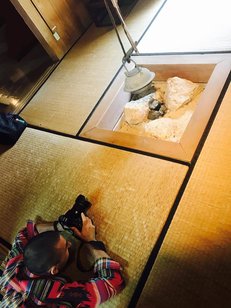 Sometimes you just have to remember to change the perspective.
Sometimes you just have to remember to change the perspective. Through all this I've learned a lot. As much as I've learned about aikido technique I've learned about professional approach. Although I have a chance to practice with Chida Sensei every day, I can say that I have learned something from every single person who comes to the dojo. Even from those students and instructors with whom I didn't feel like practicing and from those members who come to the mat for the reasons only they know. I've come to realize that if I leave enough space for every person to be who they are there will always be enough room for me to learn something new that will enable me to view things and people around me with more tolerance.
Cheers!
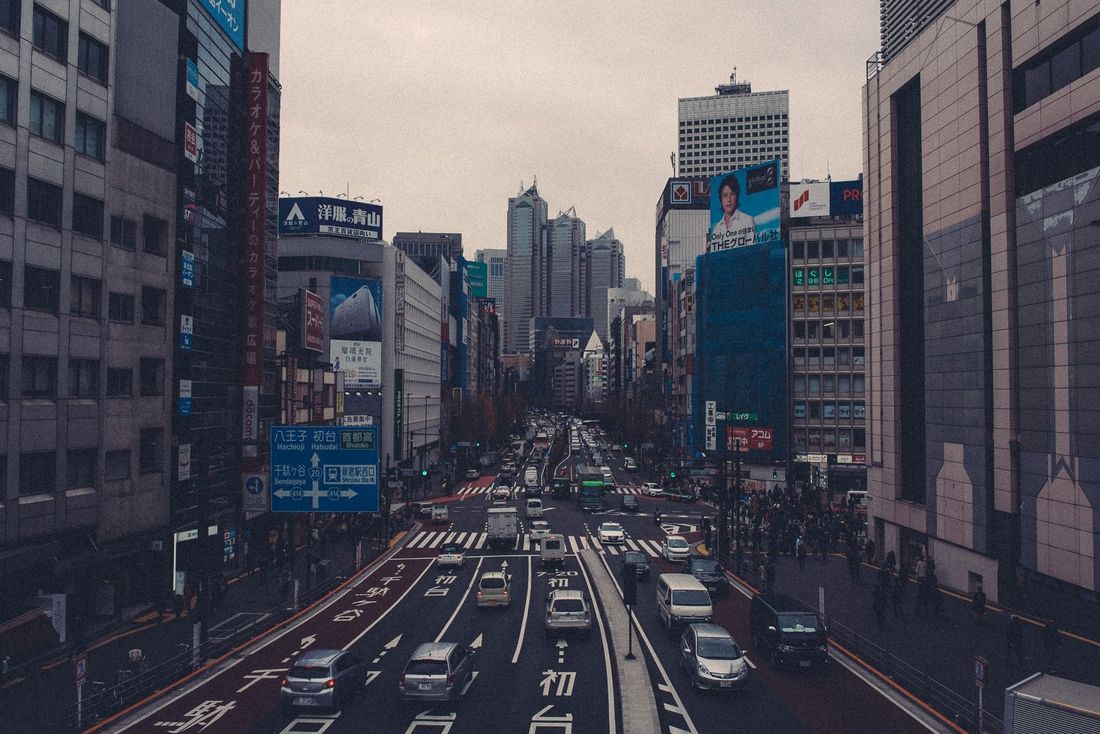
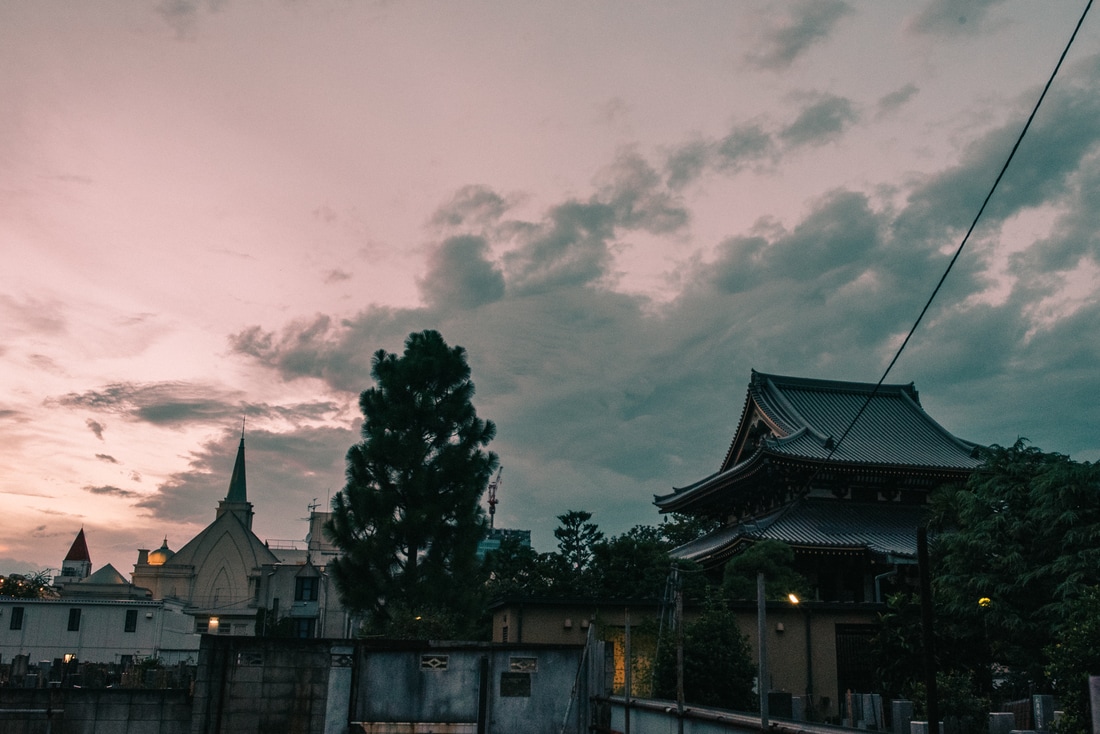
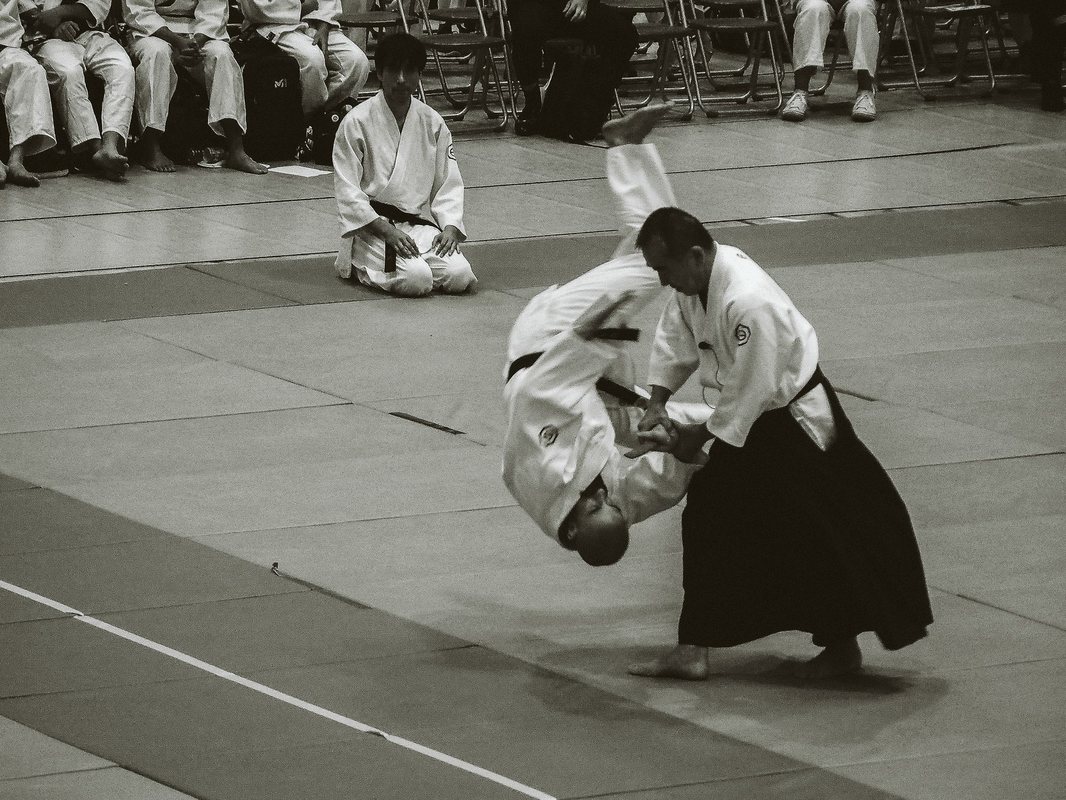
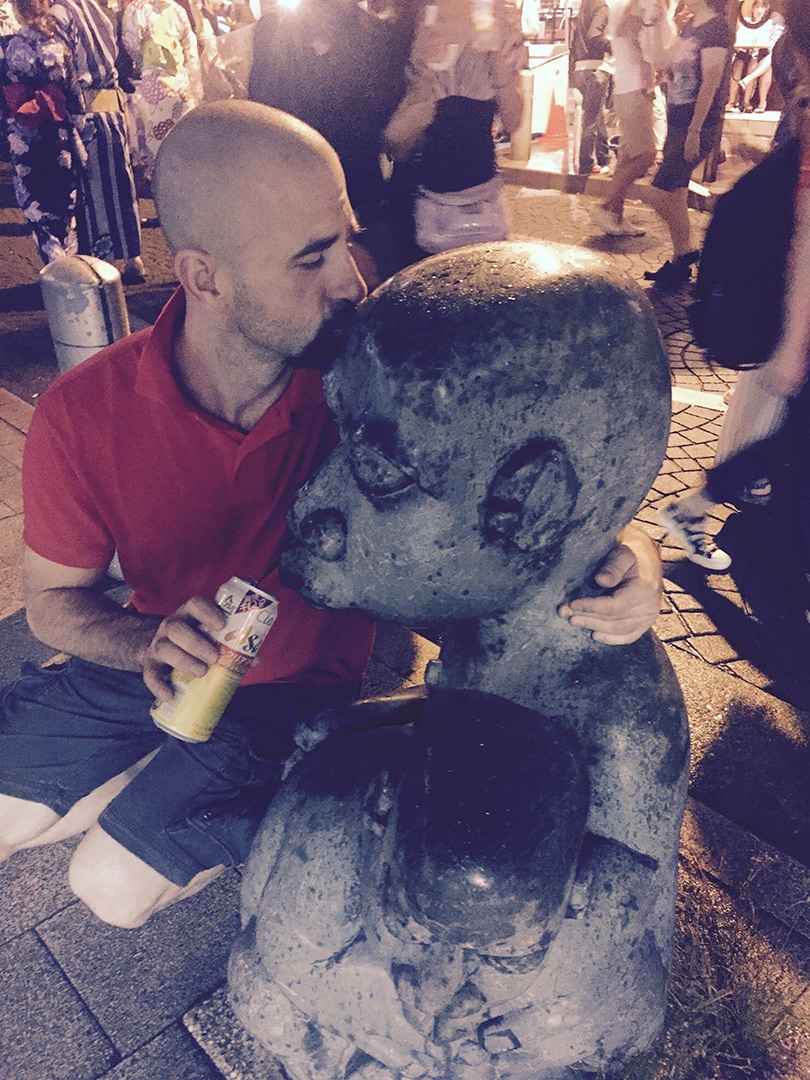
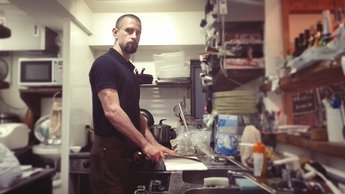
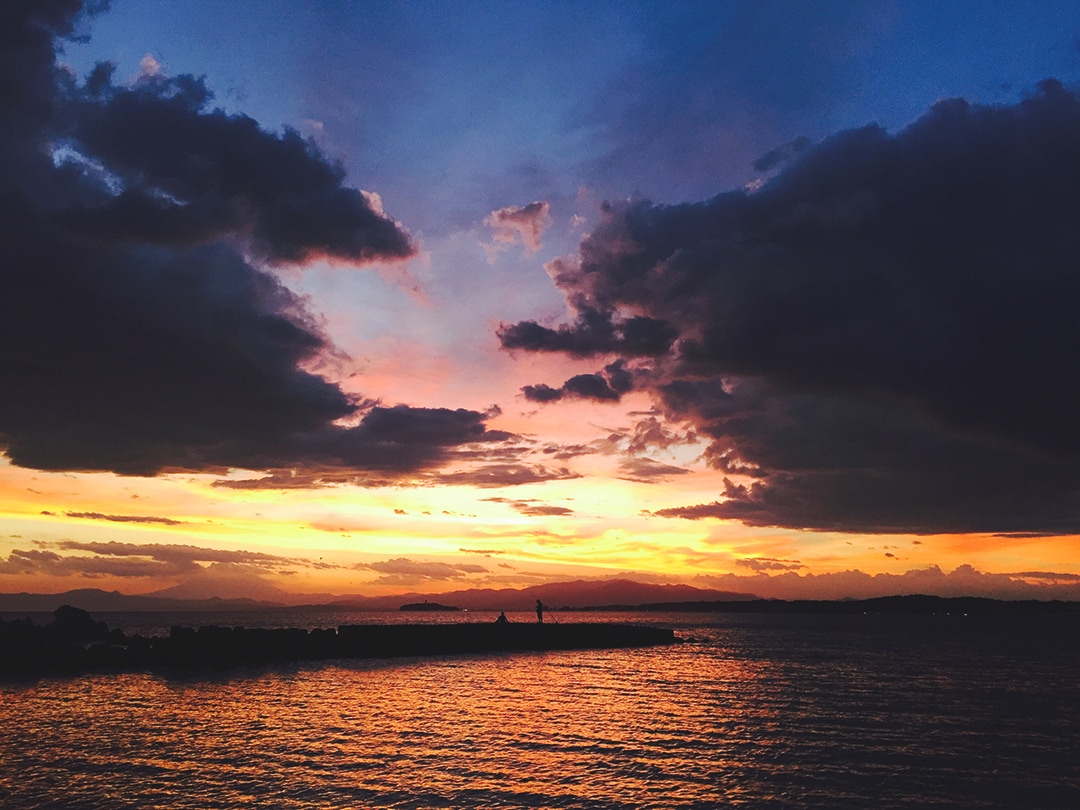

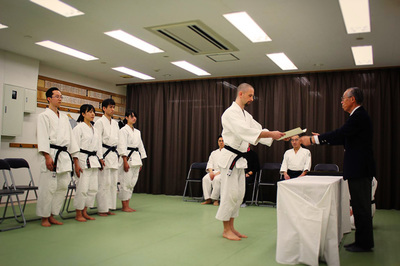
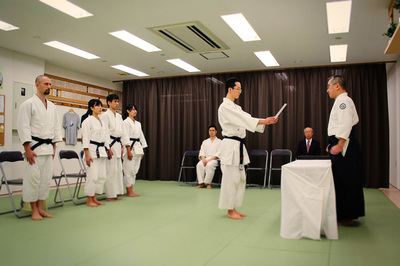
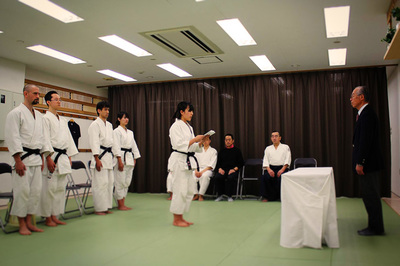
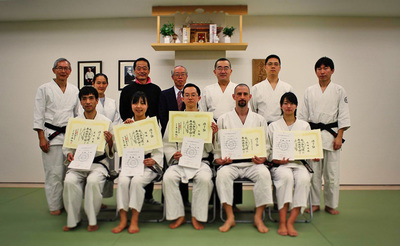
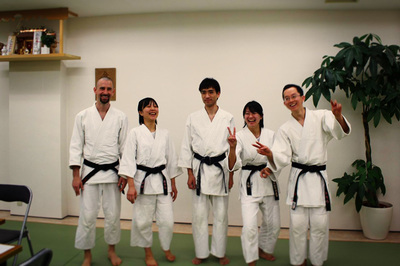

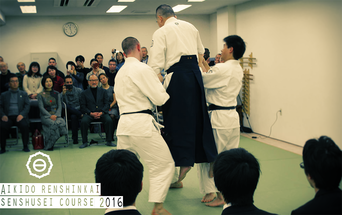
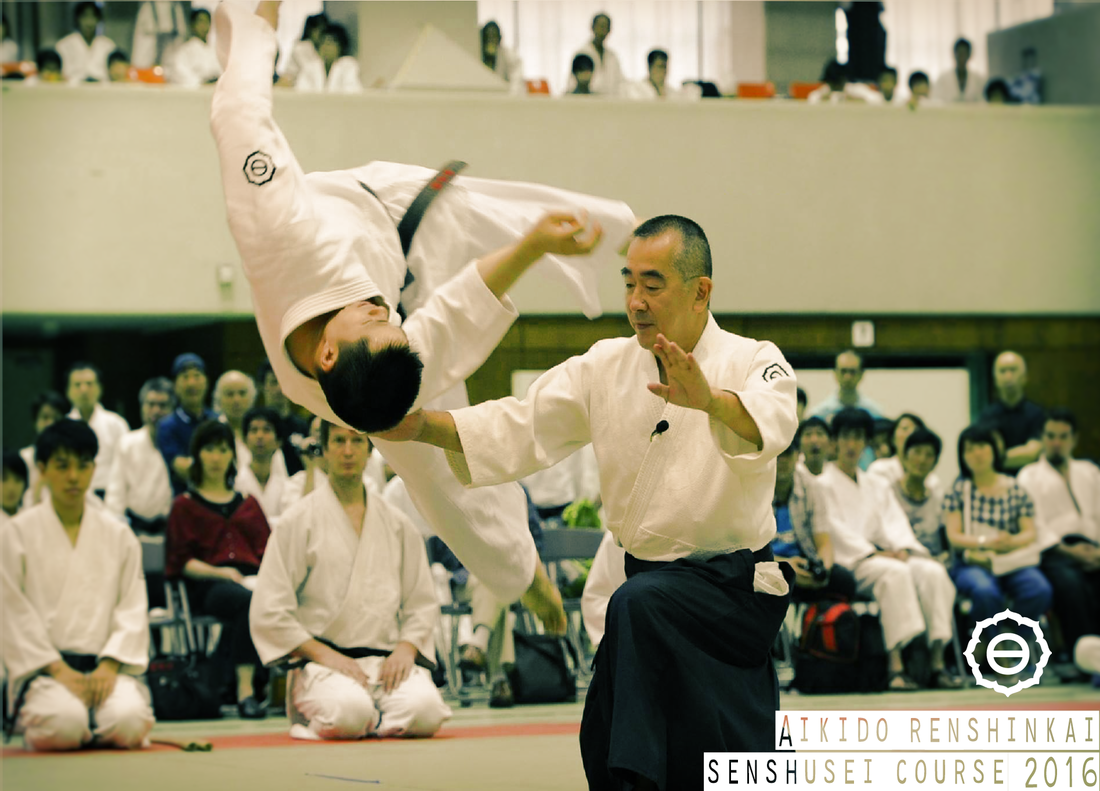
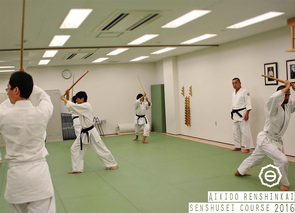

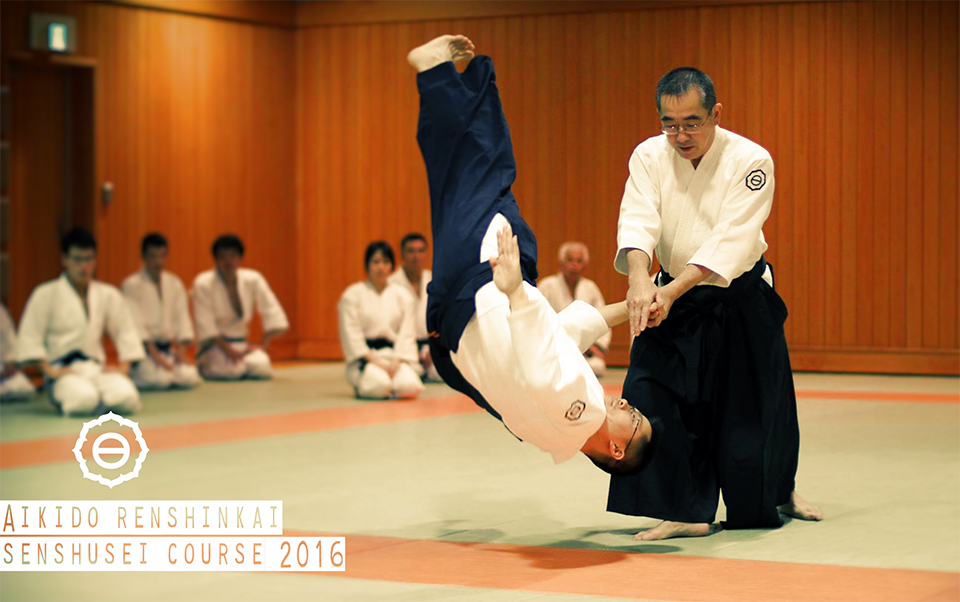






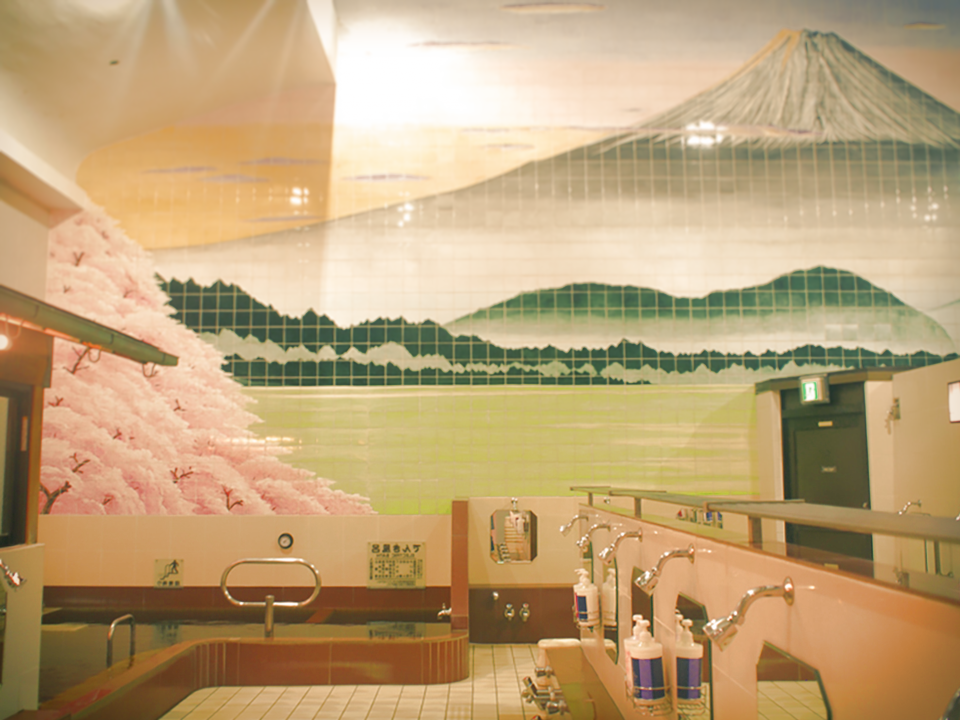
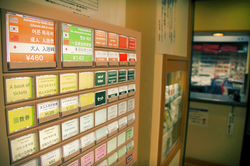


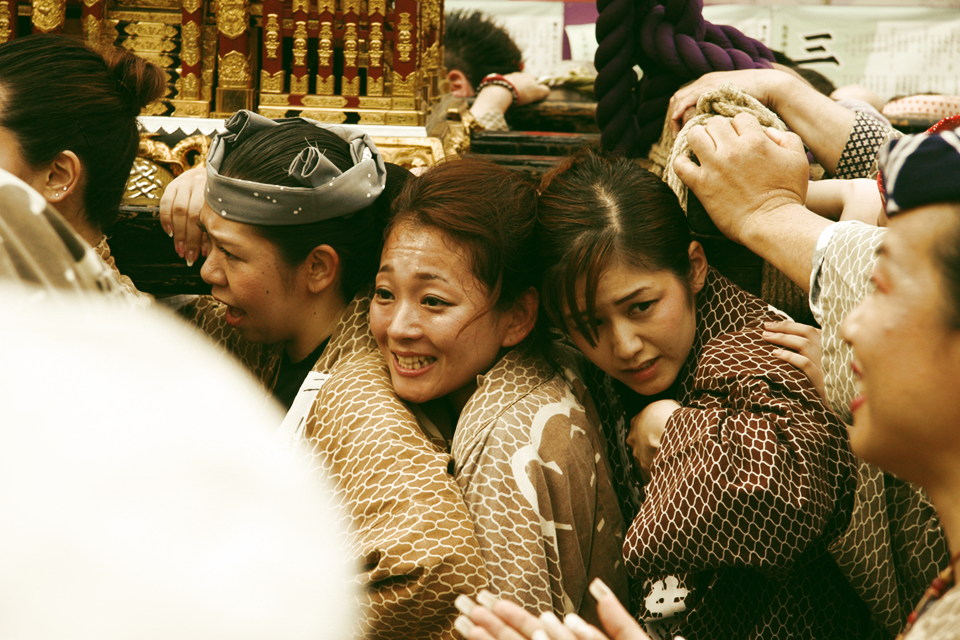
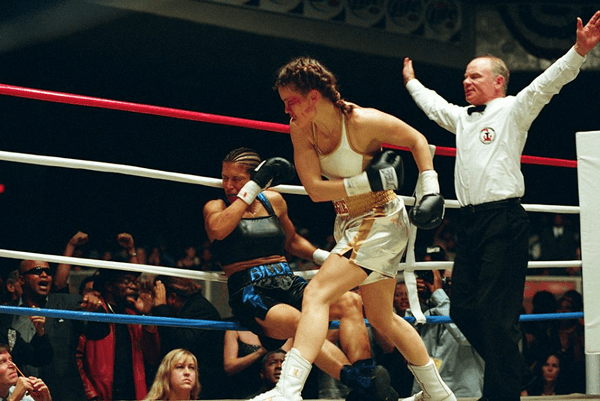
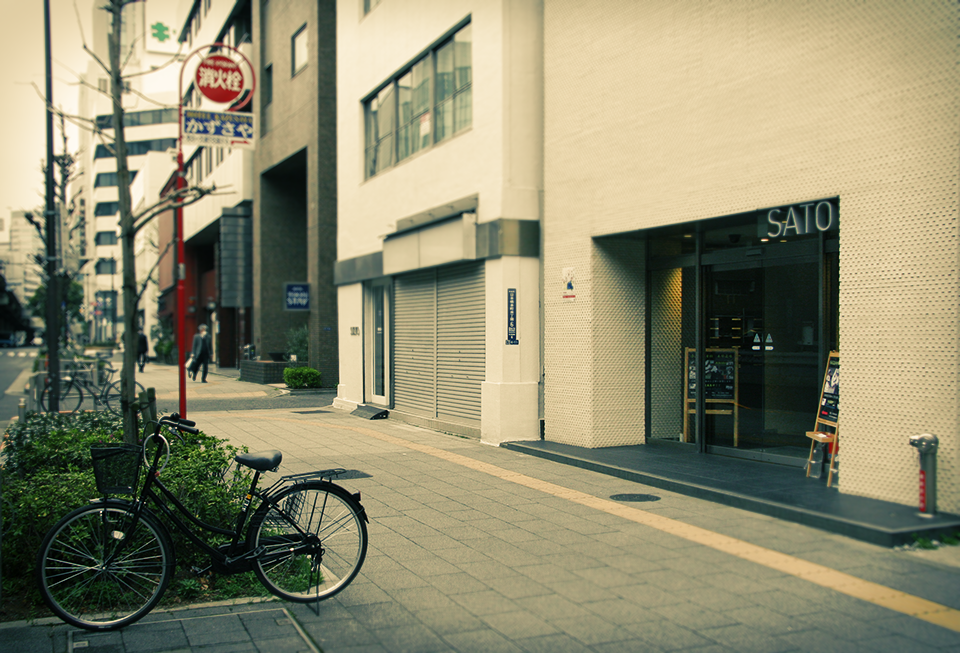

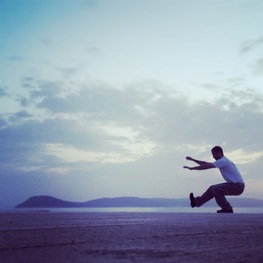
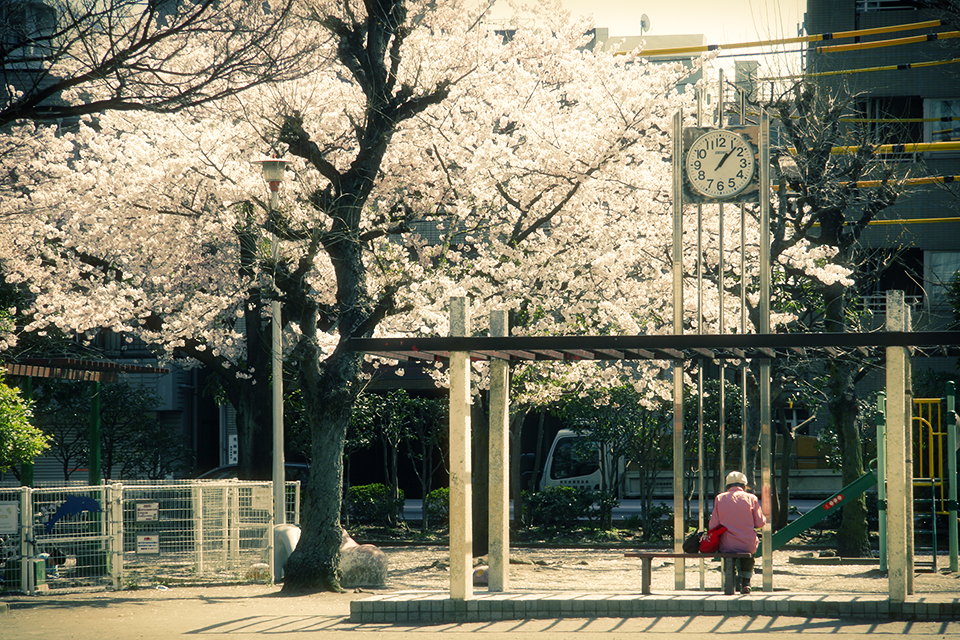
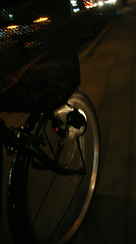
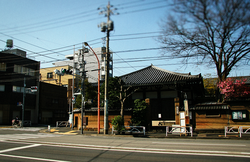
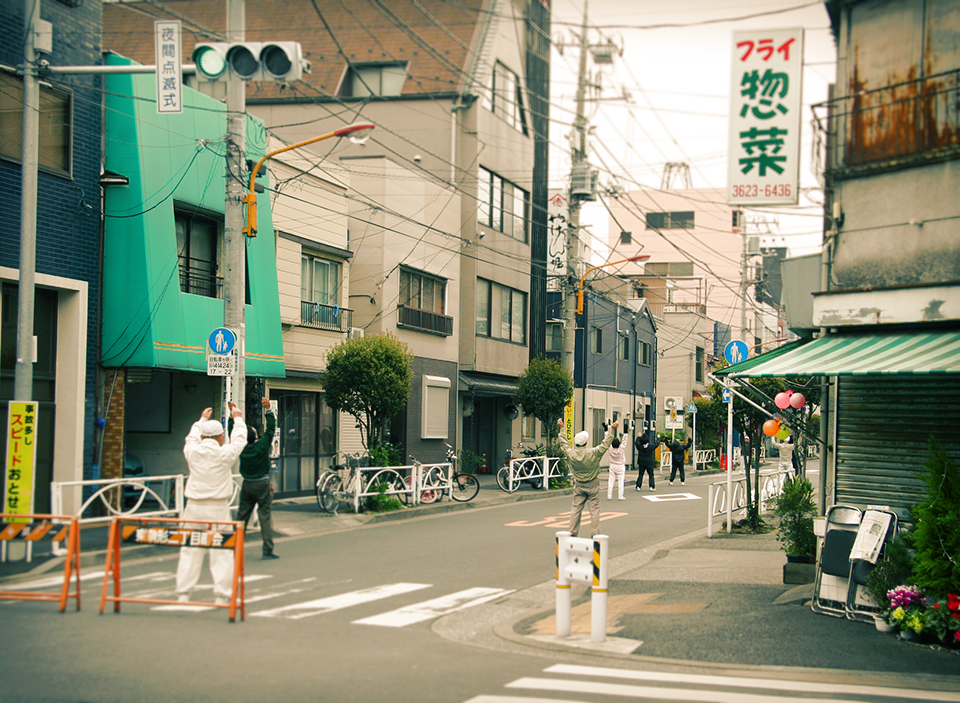
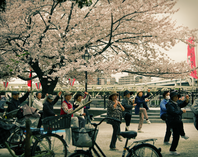
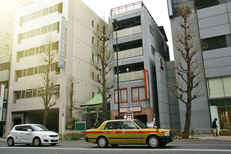
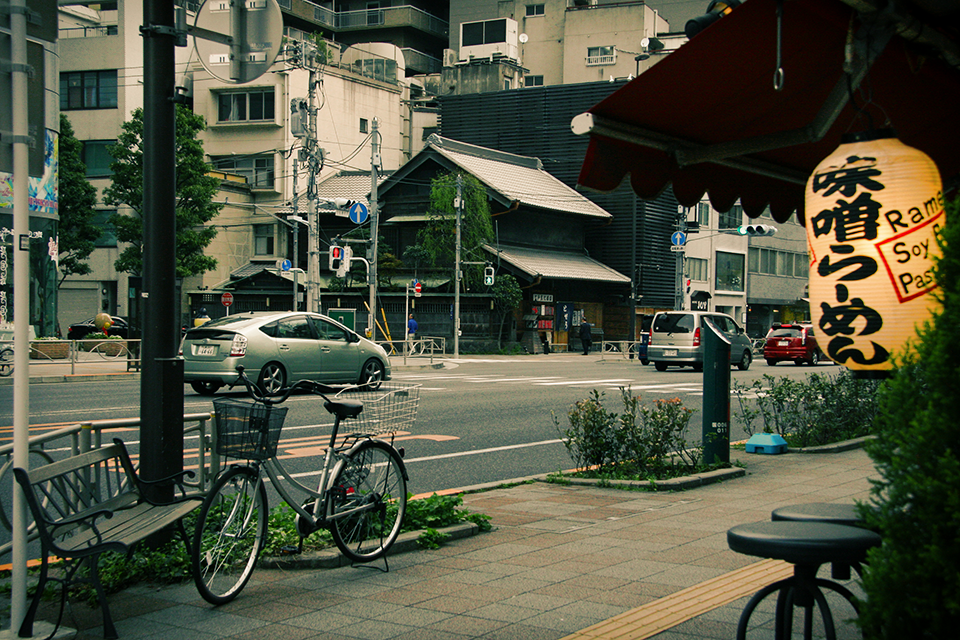
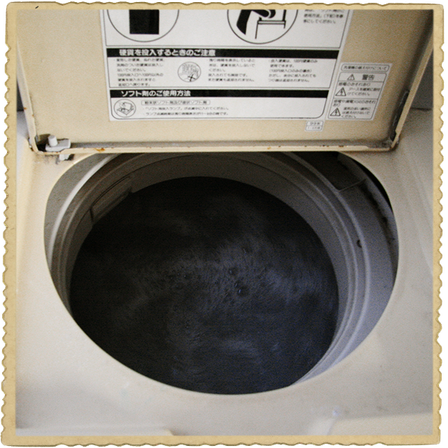

 RSS Feed
RSS Feed
